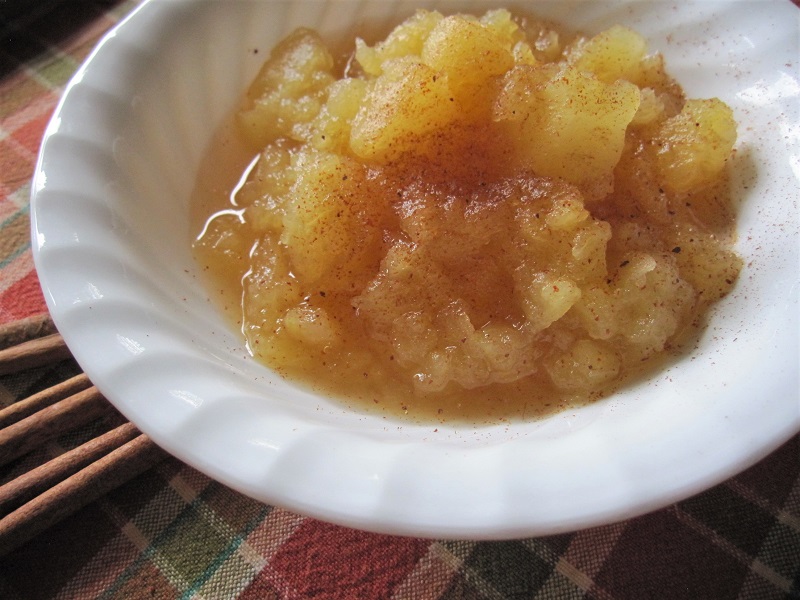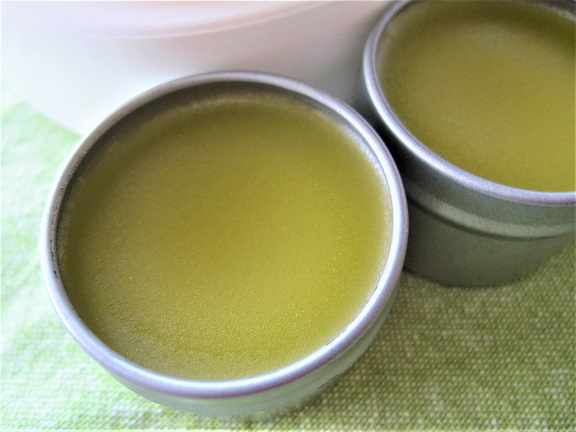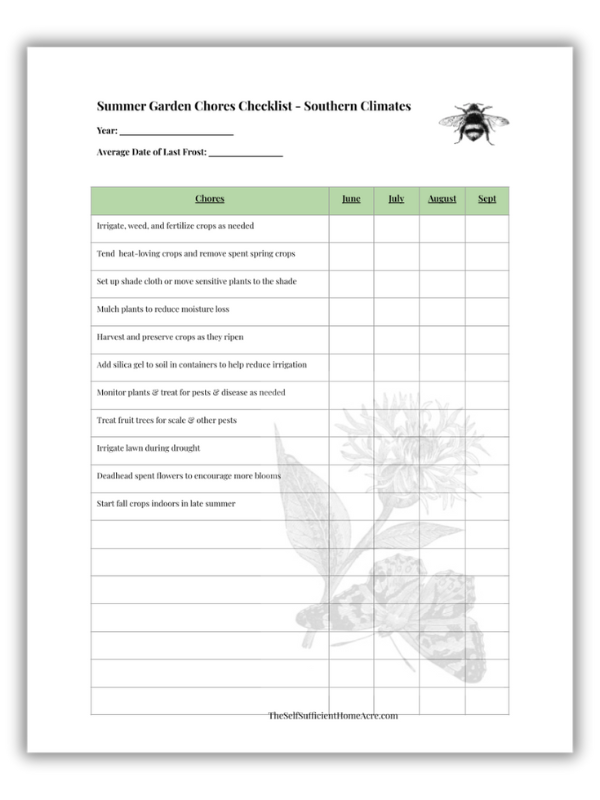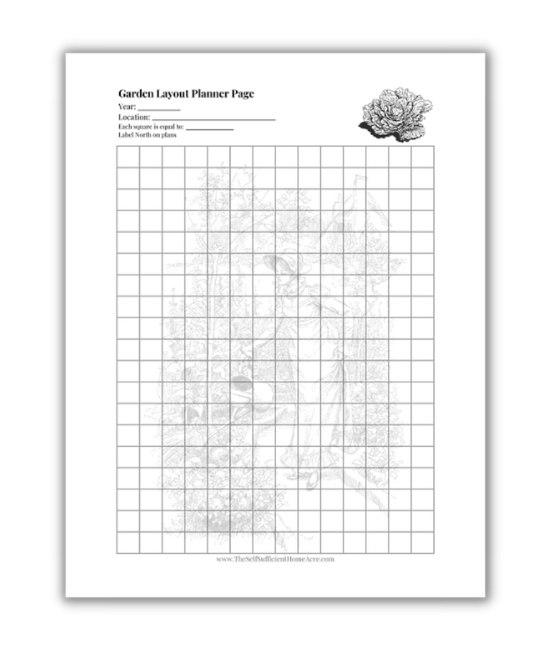
Best Fruit and Nut Trees for Your Homestead
Select the best fruit and nut trees for your homestead orchard before you plant! Fruit and nut trees take several years to bear and may produce fruit for years to come. So take some time to research the best varieties of fruits and nuts for your area. Find out what conditions they need and where to plant them for successful harvests!
This post contains affiliate links or advertisements.

The Best Fruit and Nut Trees For Your Area
Before you order fruit and nut trees, determine which species will do best on your homestead. Your growing conditions depend on your local plant hardiness zone, microclimates, common pests and diseases in your area, and your soil type.
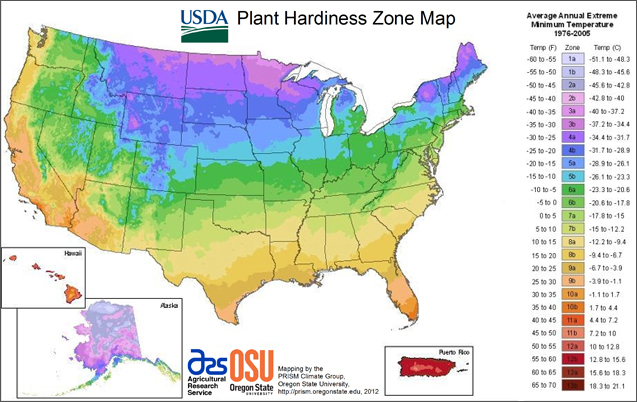
Best Fruit and Nut Trees for Your USDA Hardiness Zone
Start by finding out what USDA Hardiness Zone you live in with this interactive map. Choose only fruit and nut trees that do well in your hardiness zone. Most gardening catalogs list the proper zones for each variety based on average temperatures and chilling hours.
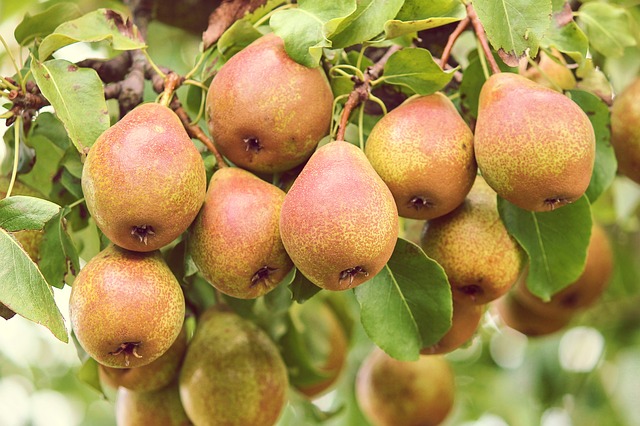
Do Your Fruit and Nut Trees Need Chilling Hours?
Some fruits and nuts need a minimum of chilling hours (temperatures between 32 and 45 degrees Fahrenheit) to produce a harvest each season. Fruit and nut trees with low chilling requirements (fewer hours of cold) produce better in warmer climates. Some, such as citrus, do not need chilling hours and won’t survive in colder climates unless they are grown indoors. If you often have late frosts, try to choose varieties that need more chilling hours to help prevent frost damage to flowers.
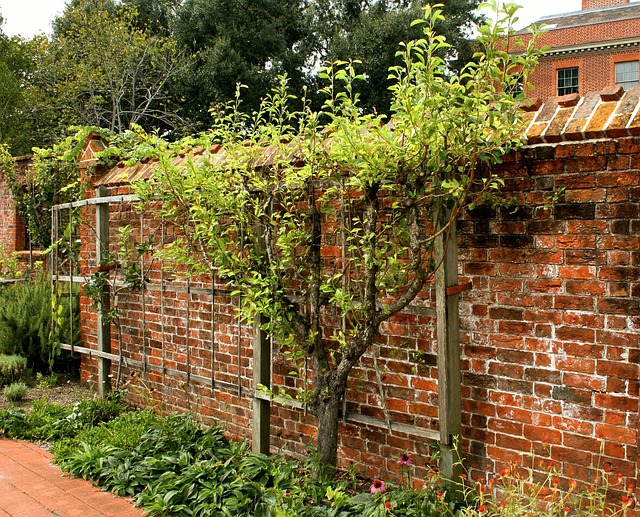
Find Your Microclimates
Microclimates are areas on your property that have a variety of different growing conditions. Factors that cause these variations include exposure to wind and sun, low-lying areas vs high ground, and heat ‘sinks’ such as a concrete wall that absorbs warmth and holds it. You will find warmer temperatures and less wind next to the south side of your home’s foundation, for example. This will be a much better location for a frost-tender tree compared to planting it at the top of an exposed hill.
Soil Conditions
Check the soil structure and ph before planting fruit and nut trees. Is the soil sandy, loamy, or heavy clay? Sandy soil will drain quickly and is better for most fruits and nuts. Heavy clay will hold moisture and is not suitable for many species. Most fruit trees prefer a fairly neutral ph. If your soil is very acidic or alkaline, you may wish to grow dwarf trees in containers.
Pests and Diseases in Your Area
Your local growing conditions affect the pests and diseases you are likely to encounter in your homestead orchard. Areas with damp conditions are more likely to see fungal diseases. Southern areas are subject to different pests than northern climates. Do some research to determine what problems are common in your area and choose the best fruit and nut trees for resistance to these.
For more information about your local growing conditions, you may wish to contact a Master Gardener in your area.
Want more information? Check out How to Plan and Plant a Homestead Orchard by Oak Hill Homestead!

Nut Trees for Small to Large Homesteads
Nut trees generally are not suitable for very small homesteads. They generally won’t do very well in containers. Hazelnuts (filberts) and almonds are the smallest. Almonds are not usually self-fertile so you will need two for cross-pollination.
- Almond – zones 5-9, small to medium tree
- Butternut – zones 3-7, large tree
- Chestnut – zones 4-8, medium tree
- Hazelnut – zones 2-7, small tree
- Hickory – zones 3-7, large tree
- Pecan – zones 4-8, large tree (plant hardy variety for northern areas)
- Walnut – zones 4-8, very large tree
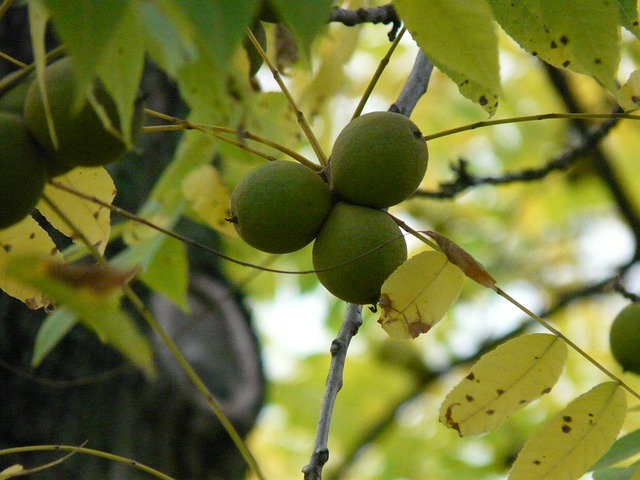
Black walnuts produce a toxin that stunts the growth of many other plants. Some plants are not affected, but you will not want to plant a vegetable garden close to your black walnut trees.
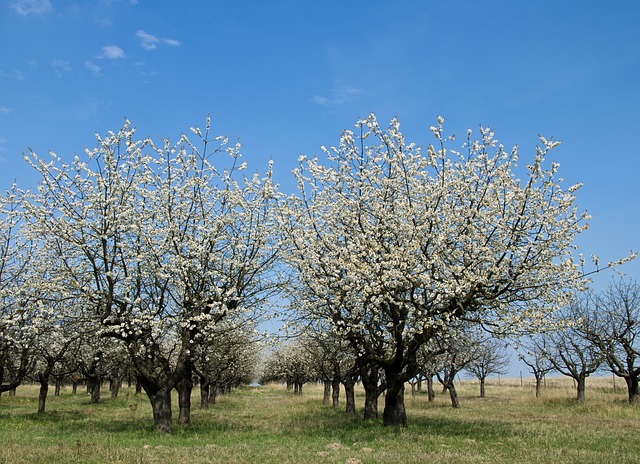
How Much Space do Fruit Trees Need?
There is much more choice in the
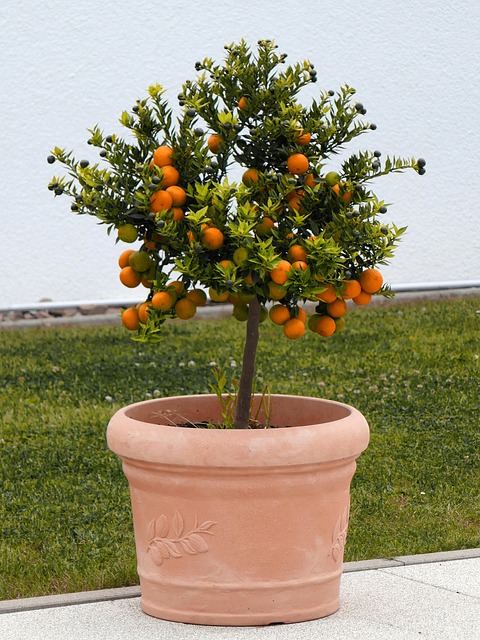
Genetic Dwarf Fruit Trees
These miniature trees top out at less than 8 feet tall and wide, making them ideal for small spaces. Some may even be planted in containers on a deck or patio. Northern gardeners may keep dwarf tropical fruits such as citrus or bananas indoors over winter.
Genetic dwarf fruit trees are either hybrids or mutations of standard fruit trees. With the development of genetic dwarf trees, even small urban homesteaders may harvest fruit!
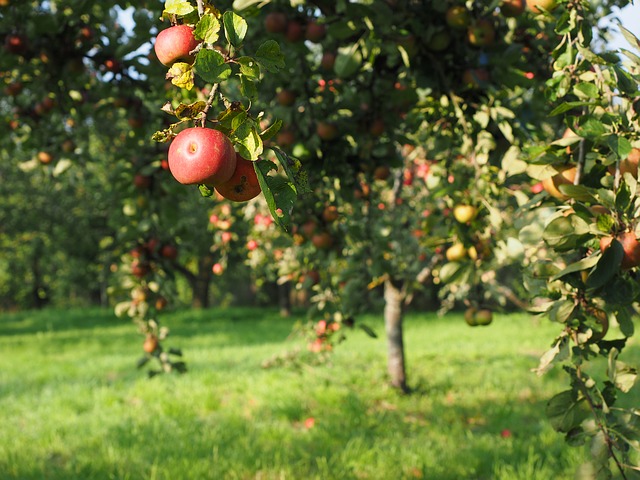
Dwarf and Semi-Dwarf Fruit Trees
These small fruit trees produce full-size fruit but require less space than standard-size trees. They also bear fruit at an earlier age. However, their harvest is much smaller than that of full-size trees.
Dwarf fruit trees are a regular variety grafted onto a dwarfing rootstock that limits their size at maturity.
Dwarf and semi-dwarf fruit trees grow 8 to 18 feet wide. Read the descriptions carefully and follow the recommended spacing. If you don’t mind spending extra time pruning and caring for your fruit trees, you might like to espalier them.
One benefit of planting these small fruit trees is the ease of care and harvest. You may not need a ladder to prune the trees or harvest the fruit.

Standard Fruit Trees
Standard-sized fruit trees can grow 20- 30 feet tall and wide, or larger, at maturity. They take longer to bear fruit but produce a large harvest. These trees are favored by commercial orchards and large farms where high yields are desired.
Standard fruit trees generally live 20-40 years, although peaches, apricots, and nectarines don’t survive as long.

How Many Trees Do I Need for Pollination?
Some fruit and nut trees are self-fertile, which means they don’t need another tree to pollinate their flowers. However, even self-fertile trees usually produce a larger harvest if you have more than one tree for pollination. Some peach, nectarine, apricot, pear, plum, and tart cherry varieties are self-fertile. Pomegranate, citrus, American persimmon, and figs are self-pollinating. Self-fertile nuts include English walnut and Chinese chestnut.
Many fruit and nut trees are not self-fertile or do not produce their pollen at the proper time for pollinating their own flowers, so you will need another variety. These include almonds, apples, most sweet
Choose Cross-Pollinating Cultivars
Not all varieties are suitable for cross-pollinating each other. They must bloom at the same time, or have overlapping bloom periods to cross-pollinate, and they must be from the same species. Most gardening catalogs list the best pollinators for each cultivar of fruit and nut tree. Be sure to take this into account when ordering.
For more information about varieties of fruits and nuts that are self-fertile and those that need cross-pollination, please see this article.
An ‘Orchard-on-A-Tree’
Some nurseries sell fruit trees with multiple varieties of related fruits grafted onto one tree. This is a good option if you only have room for one tree but
Plant the Fruits and Nuts You Want to Eat
Once you know what types of fruit and nut trees will grow in your area, you can narrow down your list. Choose the varieties and types of fruit that you enjoy eating and would like to preserve for later. If you don’t like Granny Smith, don’t pick that apple variety for your home orchard. Most gardening catalogs provide plenty of information to help you pick the best fruits for your tastes.
Planting your own fruit and nut trees helps increase your self-reliance and you have control over what they are sprayed with. There are many reasons to plant your own fruit and nut trees.



